What Is a Nourishing Meal? Understanding Nutrient Density (Plus Visual Guide)
Ali Segersten Aug 25, 2025 8 comments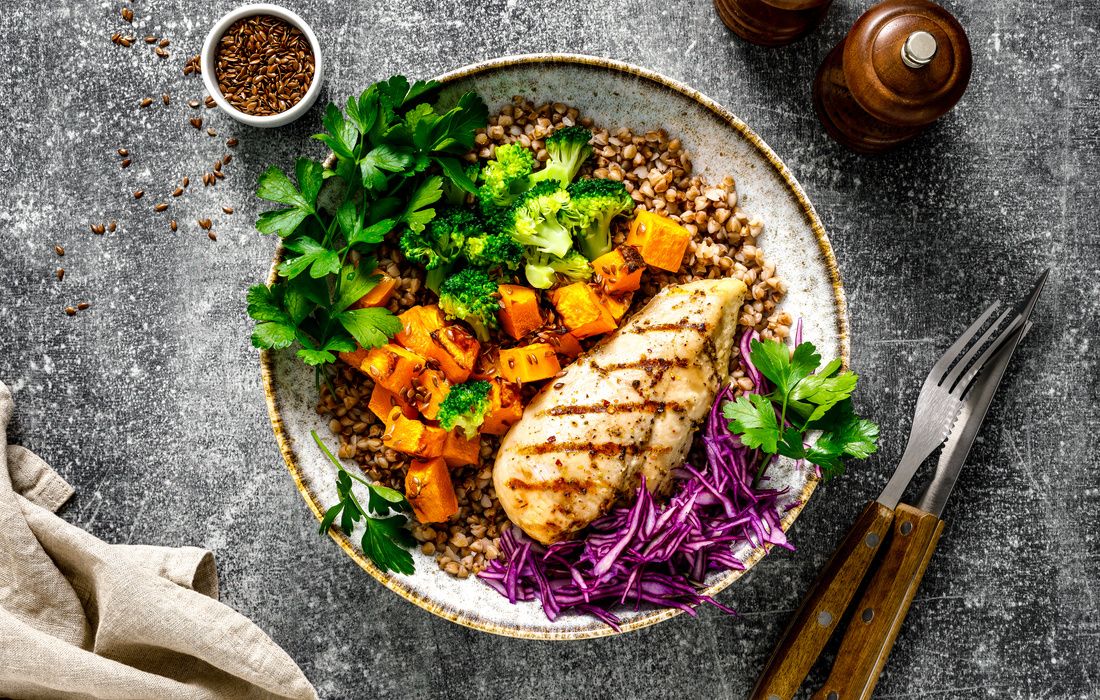
What really is a nourishing meal? And what does nutrient density mean? Nutrient density is the amount of vitamins, minerals, amino acids, healthy fats, and phytonutrients you receive in each bite of food. Think of refined white bread, sugar, or other processed foods. They pack plenty of calories, but do they actually provide the nutrients your body needs to fuel, repair, and restore itself?
A truly nourishing meal gives you both the macronutrients to power your day and the micronutrients to repair, protect, and support your cells. Instead of asking, “Is this food healthy?” try reframing the question to, “Does this meal deeply nourish my body’s needs?”
Every cell in your body depends on a steady supply of vitamins, minerals, amino acids, and healthy fats to function at its best. Replenishing these missing nutrients is about more than avoiding deficiency, it’s about restoring the raw materials your body needs for digestion, detoxification, cellular repair, and resilience. When your nutrient stores are full, your body operates with greater ease, you recover faster, and you feel more deeply nourished. This is the foundation for lasting health and longevity.
“Be not afraid of growing slowly; be afraid only of standing still.” —Chinese Proverb
Why Nutrient Density Matters
Nutrient density is the measure of how many vitamins, minerals, phytonutrients, and essential building blocks you receive in each bite of food. A truly nourishing meal isn’t just about calories, it’s about the quality of those calories.
Think of your body as a symphony, and each nutrient is an instrument. Magnesium calms the nervous system, B12 fuels methylation, vitamin C repairs connective tissue, omega-3 fats support cellular communication. When even one instrument is missing, the entire song feels off. Replenishing missing nutrients restores harmony. Many chronic conditions, from obesity to infertility, stem from the body being starved of essential nutrients lacking in a processed foods diet.
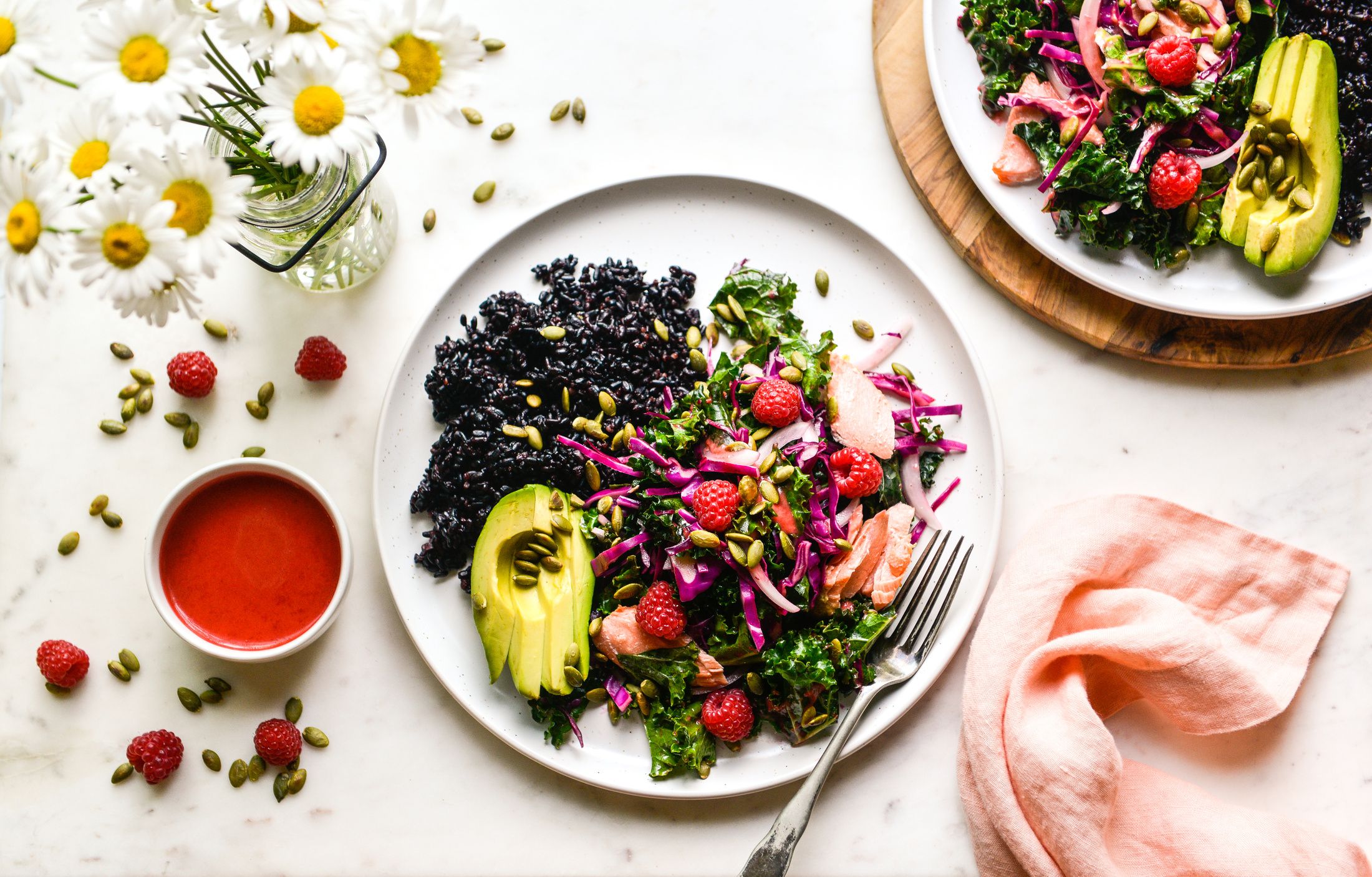
What Makes a Meal “Nourishing”?
Nourishing meals begin with whole foods—foods you can imagine growing or living in nature, like kale, chicken, eggs, fish, almonds, carrots, millet, olives, apples, strawberries, brown rice, or avocados. These foods are not processed, enriched, or denatured. They contain a natural balance of nutrients, just as nature intended.
Basing your diet around whole foods and using small amounts of minimally processed foods like olive and coconut oils, whole grain gluten-free flours, and natural sweeteners, you’ll most likely see a dramatic improvement in you or your child’s overall health. By returning to foods in their natural state, your body can function the way it was designed.
Phytochemicals from fruits, vegetables, and herbs signal our cells to produce more antioxidant and detoxification enzymes. Healthy fats provide compounds for cell membranes to communicate and keep inflammation in check. Complex carbohydrates give clean-burning energy without spiking blood sugar. Protein offers the building blocks to repair and build new cells. Together, this is the symphony of preventative medicine through the foods on your plate.
In functional nutrition, a nourishing meal includes:
- Balanced macronutrients → protein, healthy fats, fiber-rich carbohydrates.
- Micronutrient richness → colorful fruits, vegetables, herbs, seeds, nuts.
- Phytonutrient diversity → pigments and plant compounds that act as antioxidants, detox activators, and immune modulators.
- Digestibility and satisfaction → food that works with your body and leaves you feeling stable and deeply fed.
A simple formula to follow:
½ colorful plants + ¼ high-quality protein + ¼ slow-burning carbs + healthy fats + phytonutrient extras.
This balance not only fuels your body with energy, but also provides the raw materials your cells need for repair, protection, and communication.
If you’re young, active, or underweight, include slow-burning carbs at each meal to support energy, recovery, and healthy weight maintenance.
If you’re insulin resistant or working on your metabolic health, focus meals on protein, healthy fats, and phytonutrient-rich lower-carb vegetables. Save a small serving of slow carbs (such as sweet potato, winter squash quinoa, black rice, or beans) for your evening meal—this can help encourage relaxation, improve sleep, and support overnight blood sugar balance. Keep your other meals low carb.
Remember: Even non-starchy vegetables (like onions, bell peppers, and tomatoes) contain small amounts of carbohydrates that add up, so both quality and quantity matter.

Listen to Your Body’s Signals
Your body is always speaking through cravings, symptoms, and subtle shifts in how you feel. These signals often show up before lab work reveals an issue. Learning to interpret them transforms the way you eat. Each craving becomes an invitation to nourish yourself more deeply.
- Sugar cravings → May signal low magnesium, B vitamins, or chromium
Nourish with: pumpkin seeds, leafy greens, eggs, cacao, chicken, halibut, grass-fed beef, brazil nuts, avocados - Trouble sleeping → May point to low magnesium, B6, or tryptophan
Nourish with: wild salmon, turkey, sweet potatoes, potatoes, black rice, pumpkin seeds, bananas - Fatigue & brain fog → May suggest low B12, iron, or folate; can also be driven by inflammation or food sensitivities
Nourish with: grass-fed beef, lentils, leafy greens, seafood, legumes, broccoli - Dry skin → May reflect low omega-3s, vitamin A, or zinc
Nourish with: salmon, black cod, sardines, flax, chia, carrots, pumpkin seeds, kale, grass-fed beef liver, eggs - Frequent headaches or migraines → May reflect magnesium deficiency, riboflavin (B2) insufficiency, low hydration, or sensitivity to certain foods (like histamine or tyramine).
Nourish with: magnesium-rich seeds, leafy greens, hydration with electrolytes, and riboflavin-rich foods such as almonds, wild rice, and eggs. - Pale skin or easy bruising → May indicate low vitamin C, vitamin K, or iron.
Nourish with: citrus fruits, bell peppers, parsley, broccoli, strawberries, kale, and iron-rich foods like grass-fed beef and lamb.
When you start listening, patterns emerge. A craving for citrus may be a nudge toward more vitamin C. A desire for red meat may point to a need for more iron, zinc, or B12. Wanting salmon or sardines may be your body calling for omega-3s.
Your body is incredibly intelligent. When you listen closely, cravings become guideposts, pointing you back toward balance and deeper nourishment.
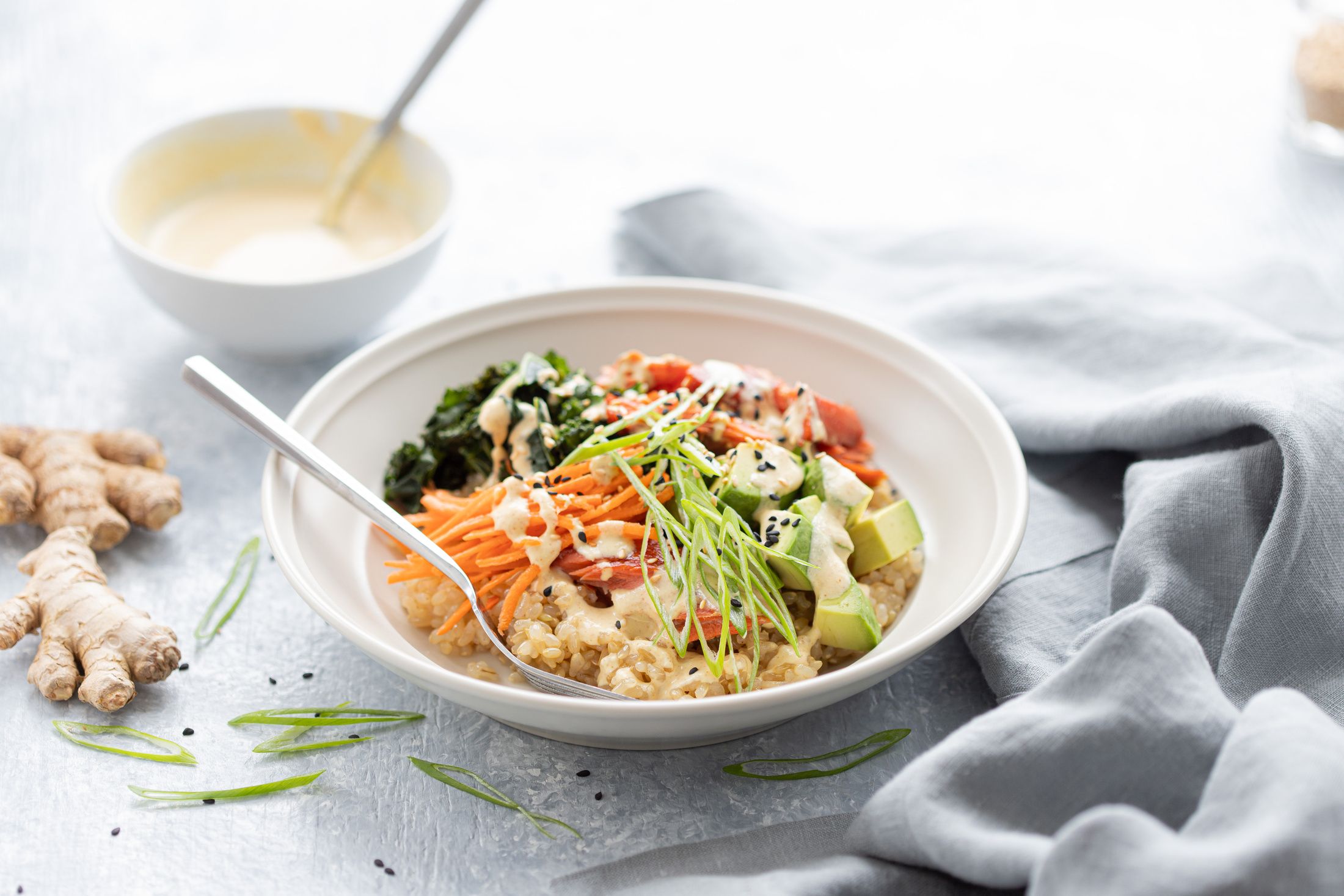
Practical Tools for Daily Nourishment
- Consistency matters: Nutrient repletion isn’t a one-time meal. It’s a rhythm, built plate by plate, day after day.
- Meal building helps: Structuring meals with a foundation of protein, healthy fats, colorful plants, and slow carbs makes it easier to meet daily nutrient needs.
- Listen to inner guidance: You may find that only including slow burning carbs in your evening meals suits your biology best. A balanced day may look like scrambled eggs and zucchini topped with fresh herbs, avocado, and broccoli sprouts for breakfast, a simple chicken collard wrap for lunch, and a dinner comprised of wild salmon, sweet potatoes, and a raw kale-cabbage slaw.
- Testing adds clarity: Functional labs (micronutrient panels, vitamin D testing) can help pinpoint where your body needs the most support.
- Supplements bridge the gap: The real transformation happens when your meals are nutrient-rich by default. Supplements can help rebalance your body as you heal with nutrient-dense foods.

Want to See It in Action?
I’ve created a visual guide that shows you how to build nutrient-dense meals step by step. Inside, you’ll find meal illustrations, nutrient breakdowns (macro/micro/phytonutrient), and clear explanations of how each nutrient impacts health.
For example: A plate with wild salmon, roasted yams, cabbage slaw, and pumpkin seeds brings high-quality protein to repair cells and build muscle, omega-3 fats to calm inflammation and support cell membranes, beta-carotene to quench free radicals, magnesium and zinc from pumpkin seeds to support nervous system balance and immunity, and sulfur-rich compounds from cabbage to strengthen detox pathways.
This is what nutrient density looks like in practice, and how food becomes the foundation for lifelong energy, clarity, and vitality.
Download the Nutrient-Dense Plate Guide here (PDF)
Members: You’ll also find new recipes inside the Nourishing Meals® portal this month that put this into practice. Login here. Not a member yet? Join here.
This post is part of the 12 Gifts of Health series. Continue with Gift #8: Nourish with Missing Nutrients to discover how replenishing vitamins, minerals, and phytonutrients can restore your body’s foundation for healing.

About the Author
Alissa Segersten, MS, CN
Alissa Segersten, MS, CN, is the founder of Nourishing Meals®, an online meal-planning membership with over 1,800 nourishing recipes and tools to support dietary change and better health. As a functional nutritionist, professional recipe developer, and author of The Whole Life Nutrition Cookbook, Nourishing Meals, and co-author of The Elimination Diet, she helps people overcome health challenges through food. A mother of five, Alissa understands the importance of creating nutrient-dense meals for the whole family. Rooted in science and deep nourishment, her work makes healthy eating accessible, empowering thousands to transform their well-being through food.Nourishing Meals Newsletter
Email updates.


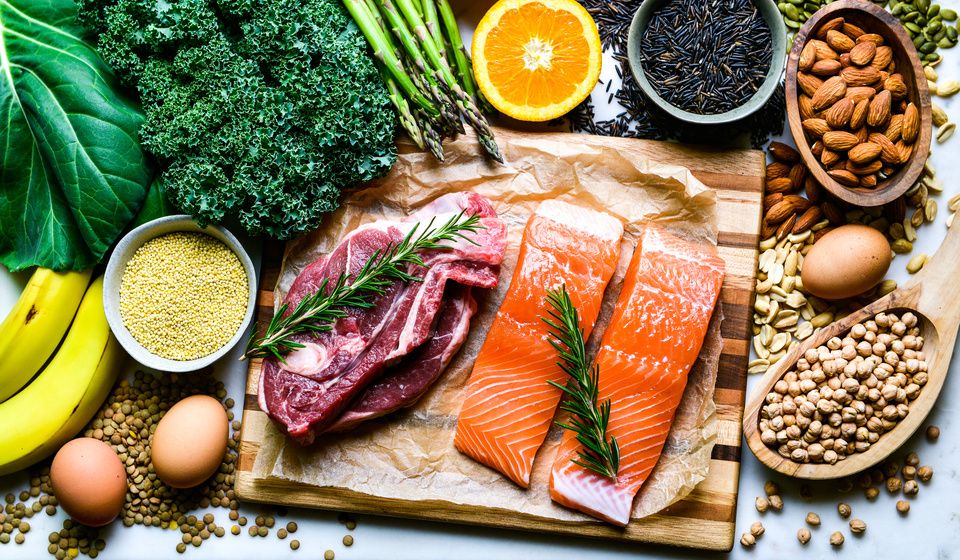
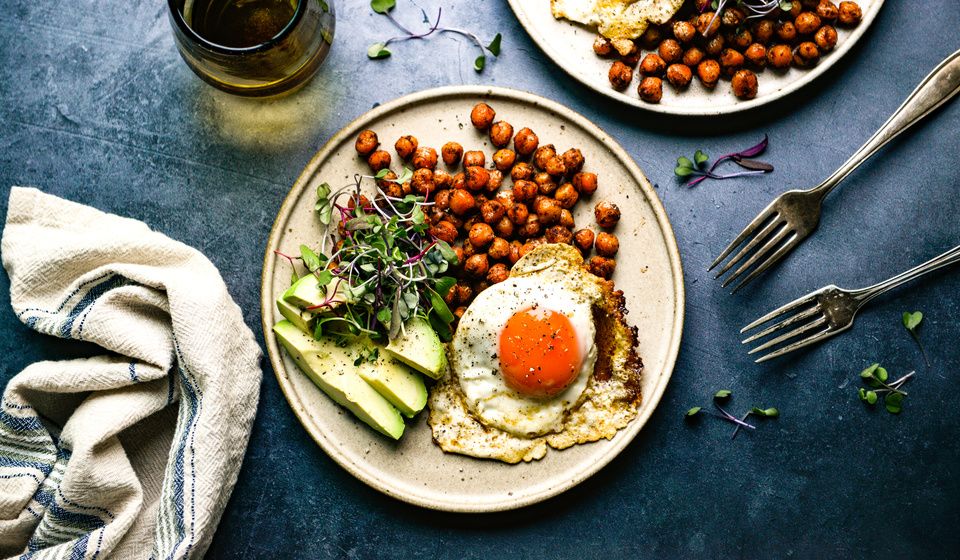
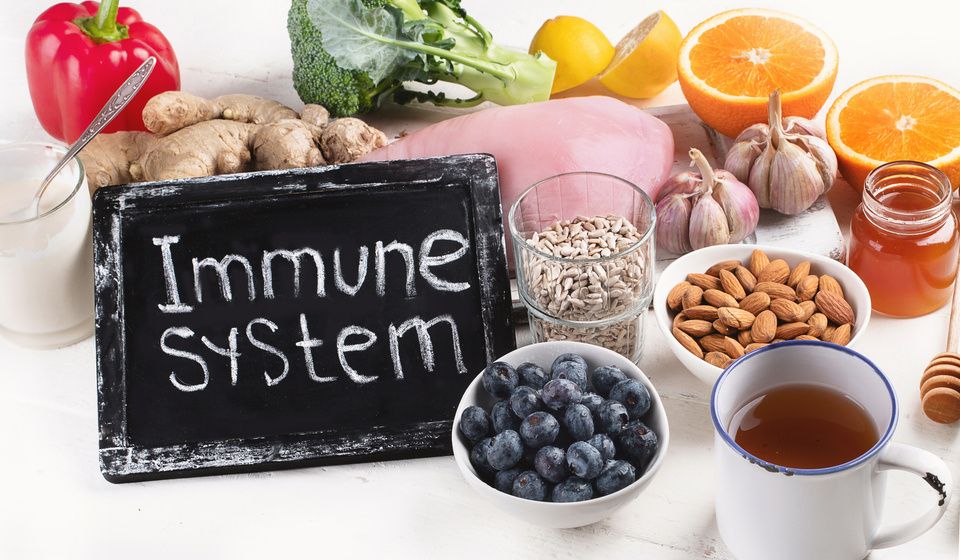

Add Comment
Comments
As I have aged I decided to…
As I have aged I decided to improve my eating habits. This PDF is so beautiful! I’ve been noticing how much better I feel when I eat simple, nourishing meals. More energy and just better all around. Thanks, Ali, for the constant inspiration.
Thanks Ali for your…
Thanks Ali for your Nourishingmeals web and cookbooks to help us navigate the world of healthy eating. So appreciated!
Ali’s scientific breakdown…
Ali's scientific breakdown of nourishing meals is a friendly motivator. The images of the meals leave a visual memory that makes it helpful to quickly come up with substitutions available in my own refrigerator/ pantry. This is helpful, thank you!
Thank you Ali! I learn so…
Thank you, Ali! The PDF guide is so helpful. Even though I’m in healthcare you have a way to explain the nutrient benefits that truly makes sense!
Love the guidance around…
Love the guidance around meal prep and menu planning nourishing meals!
So informative! Love the…
So informative! Love the Nourishing Meals examples given!
Thanks for discussing…
Thanks for discussing nourishing meals and their importance
Thank you, Merla! I believe…
Thank you, Merla! I believe food is one of the most powerful daily choices we can make for our well-being and longevity. Nourishing meals give the body what it’s been missing and often awaken new cravings for real, wholesome foods. Have fun experimenting with the plate formula and notice how your body responds. :)